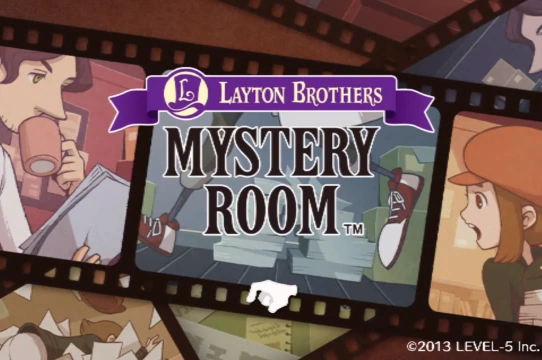I played the iPhone game, Layton Brothers Mystery Room, which is a game created by Level-5 Inc. with a projected audience of 12 and older. This is a single player game in which the player is given a scene of a crime and is encouraged to solve it with the help of the detective, Prof. The game mostly adheres to two types of fun which are discovery and narrative due to the nature of the game. As the player makes their way through the crime scene, an evident plot unfolds and the motives and histories of the characters and world are made clear. This makes it easier for the player to discover more about the events of the crime as well as how the game is designed to push the player to solve the puzzle. As I played the game I was able to understand the characters and their personalities really well and how that intertwined with the overall narrative that was being showcased. I also felt myself excited to discover more about each crime and how each piece of evidence that was presented to me was related to the case.
In terms of the gameplay itself, there were many instances where the arcs and loops of the game had made themself seen. Much of what I got to play consisted of the storyline being presented through dialogue followed by guessing and discovering whether or not a suspect was truly tied to the crime scene and in what way. Activities that were a part of the game followed the exact set up of an interaction loop in that information was given to me and I was then prompted to make a decision. These decisions looked like selecting evidence that might make a suspect seem more guilty, providing Prof with more information based findings, etc. From then on actions like selecting the culprit turned into receiving feedback from Prof which allowed the player to understand why the answer to a question or a piece of evidence that they selected was correct. The learning came with my own failures throughout the game. There were moments where I didn’t catch on to what the game was trying to hint at. Whether that be evidence that was being shoved in my face, or slight details that I had missed, I was able to learn what to pick up on eventually and use my incorrect answers to questions as a guide for moving forward.
The game kept me intrigued. Each new piece of evidence that was presented left me wanting to keep playing. However, there was a lot of unnecessary dialogue that took place that kept me from wanting to continue at all. Much of this I tapped through to get to the main storyline. Other than that, I believe that the concept of the game and it’s method of feeding the player information and testing them on it created a unique experience.




